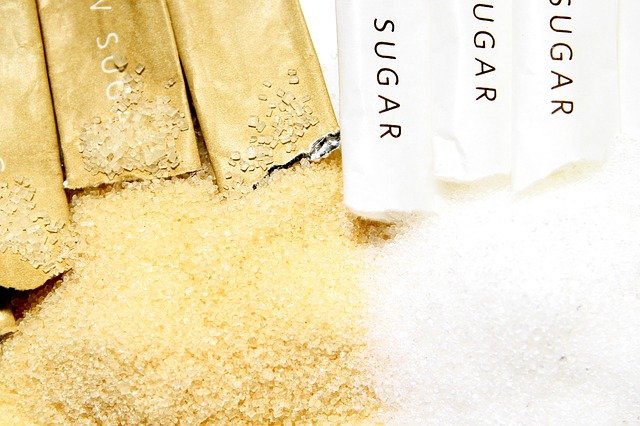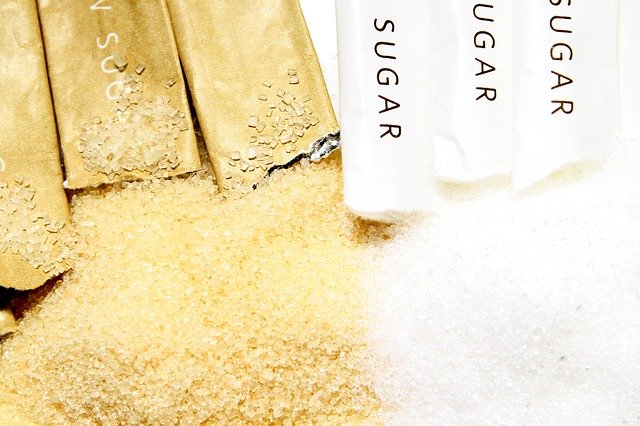
Does anyone know the difference between brown and white sugar? There are plenty of recipes for wonderfully delicious treats that call for the two types of sugar. So, there must be some uniqueness to the two sugars, right?
The truth is remarkably simple — they’re the same thing! Cookbooks and baking competitions would have you believe differently. That the amount of brown sugar added compared to white sugar would make or break a dessert. The only real difference is molasses. Molasses mixed with white sugar creates brown sugar.
Most importantly, when it comes to nutrition, both types of sugar are very similar. Brown sugar is slightly richer in essential minerals, but calorically identical to white sugar. Molasses is the product of super-heated juice from the sugar crop, which is separated from the sugar crystals in the refining process. That molasses is then added back into the mix, creating brown sugar and a more unique taste than white sugar.
The Real Difference
The real difference, and frankly the only difference, is taste. Molasses has a very distinct flavor, many consider to be incredible bitter, so adding too much can real spice things up. Adding it back to sugar offsets the bitter taste and can bring some life into a tasty treat. In that regard, the cookbooks and baking competitions are correct; though to be fair, it’s not the amount of sugar that’s important, it’s the amount of molasses.
The Scary Similarities
The thing to remember about both types of sugar is how it affects our brain. Sugar is sugar, and regardless of color, it can be unhealthy and dangerously addictive if overconsumed.
So, when baking with the family over the holidays or enjoying a treat that claims to be made with brown sugar, just know what you’re actually eating. Partake in moderation, live an active and healthy lifestyle, and stay informed so you can continue to enjoy the sweet life.
